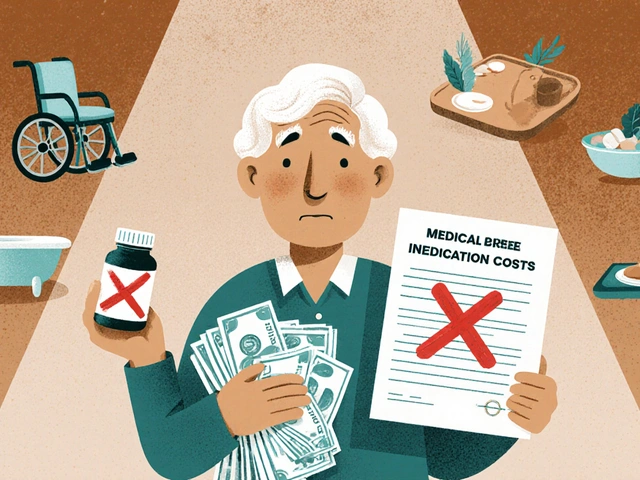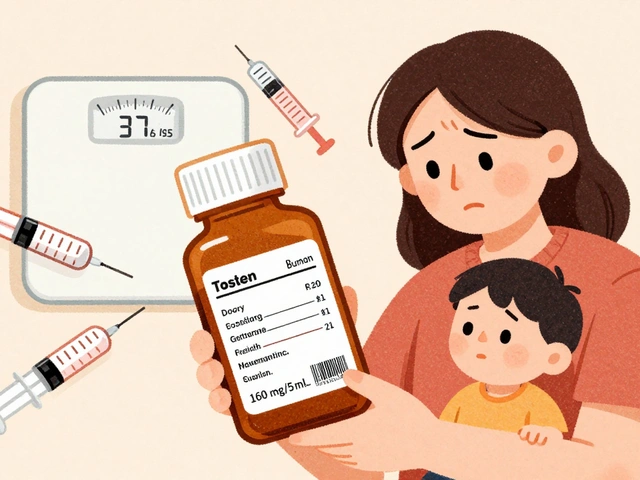Folic Acid: What It Is and Why It Matters
Folic acid is the synthetic form of vitamin B9, a nutrient your body needs to make new cells. It’s especially important for anyone planning a pregnancy because it helps prevent birth‑defect risks like spina bifida. Even if you’re not expecting, folic acid supports healthy red blood cells, brain function, and DNA repair. In short, it’s a cheap way to keep many body systems running smoothly.
How Much Folic Acid Do You Need?
Adults typically need 400 µg (micrograms) a day. Women who could become pregnant should aim for 600 µg, and if you’re already pregnant, the recommendation jumps to 800 µg. The numbers sound precise, but most multivitamins and fortified foods hit the mark with a single tablet or serving. If you have a medical condition like a malabsorption disorder, your doctor might suggest a higher dose, but don’t self‑prescribe mega‑doses without checking first.
Smart Ways to Get Folic Acid on a Budget
Fresh foods are the cheapest natural sources. Dark leafy greens such as spinach, kale, and romaine lettuce each pack around 30‑60 µg per cup. Beans, lentils, and peas add another 100‑200 µg per half‑cup. Fortified cereals and breads often contain 100‑200 µg per serving, making them a simple breakfast fix. If you prefer a pill, generic folic‑acid tablets cost pennies per dose at most pharmacies; look for “ brand‑generic ” labels to save even more.
When you buy supplements, check the label for the exact amount of folic acid per tablet and compare the price per 100 µg. A bottle of 100 µg tablets sold for $5 gives you roughly $0.05 per daily dose, which is far cheaper than buying a brand‑name version. Some online pharmacies even offer bulk packs that drop the cost further—just make sure the site is reputable and requires a prescription if needed.
Safety-wise, folic acid is low‑risk. Most people can safely take up to 1 mg (1000 µg) daily without side effects. Taking far more than that might mask a vitamin B12 deficiency, leading to nerve damage over time. If you notice unusual symptoms like tingling, fatigue, or shortness of breath, talk to a healthcare professional.
One practical tip: keep a weekly checklist of your folic‑acid sources. Note whether you got it from a meal, a supplement, or a fortified product. This helps you stay on target without over‑doing it and makes it easy to spot gaps if your diet changes.
In summary, folic acid is a simple, affordable nutrient that supports cell growth, pregnancy health, and overall vitality. Aim for the recommended daily amount, grab it from leafy greens, beans, or cheap tablets, and watch for any signs of excess. With a little attention, you can keep your folic‑acid intake on point without breaking the bank.

Folic Acid's Role in Managing Megaloblastic Anemia for Diabetics
Folic acid plays a crucial role in preventing and managing megaloblastic anemia, especially in patients dealing with diabetes. Understanding how folic acid deficiency occurs is key to addressing this condition. It’s not just about popping a supplement; diet, lifestyle, and specific needs for diabetics can influence health outcomes. Managing anemia the right way can significantly improve one's quality of life. Let's delve into practical tips and insights on how folic acid can make a difference.




